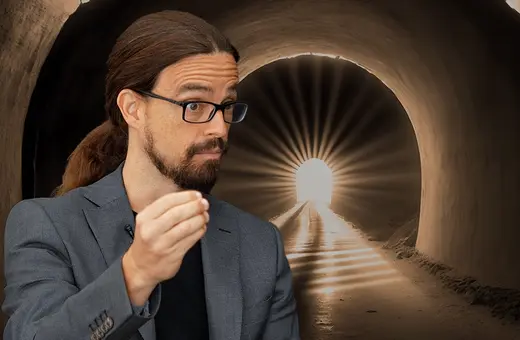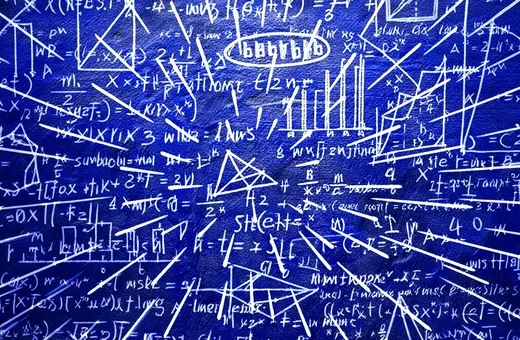We are conscious. Rocks and trees are not. Why? The obvious answer is that we have brains and they do not. But all sorts of physical events occur in our brains that have nothing to do with consciousness.
Think of the neurophysiological mechanisms responsible for our continuing to breath or our hearts beating. What is it about the neurological goings-on underlying our conscious states that explains why they generate the conscious states they do or why they generate anything conscious at all for that matter? This is the hard problem of consciousness.
Upon closer examination, it may be seen that the problem really has two dimensions to it. To appreciate this, consider the color experience you undergo as you view a ripe tomato. Light is reflected from the surface of the ripe tomato, thereby activating cells on your retina. Via a sequence of physical interactions, cells become active in your visual cortex and you experience red. That experience has a certain ‘raw feel’ or subjective phenomenology to it.
Why do the neural events underlying your experience of red have any raw ‘feel’ to them?
Why does your experience of red feel to you the way it does? Why doesn’t it feel the way your experience of blue does or your experience of anger or a tickle? What explains its subjective character. This is the first dimension of the hard problem: why does your experience subjectively feel this way rather than that?
There is a further question: why are you undergoing a subjective experience at all? Why do the neural events underlying your experience of red have any raw ‘feel’ to them? This is the second dimension of the hard problem.
Representationalism – the view of consciousness I advocate – has a simple, and to my mind compelling, answer to the first question. Your experience of red feels the way it does because it represents the color red. What it is for the experience to feel the way it does just is for it to be an experience representing red. Your experience of blue feels different because it represents a different color. The experience of red could not feel the way the experience of blue feels because if it did, it wouldn’t be the experience of red at all but rather the experience of blue.
This is the view introspection seems to support. Turn your attention inwards as you experience red. What do you find? Obvious answer: the color red. That is what makes your experience feel as it does. Nothing more (and nothing less).
Your experience of red feels the way it does because it represents the color red.
The view of some philosophers that our experiences have intrinsic qualities, in addition to the qualities they represent, qualities that are responsible for the specific phenomenology of the experiences seems to me fundamentally misguided. When I introspect my experience of red, I find no extra quality. I find only the color red. That is what I respond to cognitively, what I like or dislike, what I want to keep experiencing or to cease.















Join the conversation